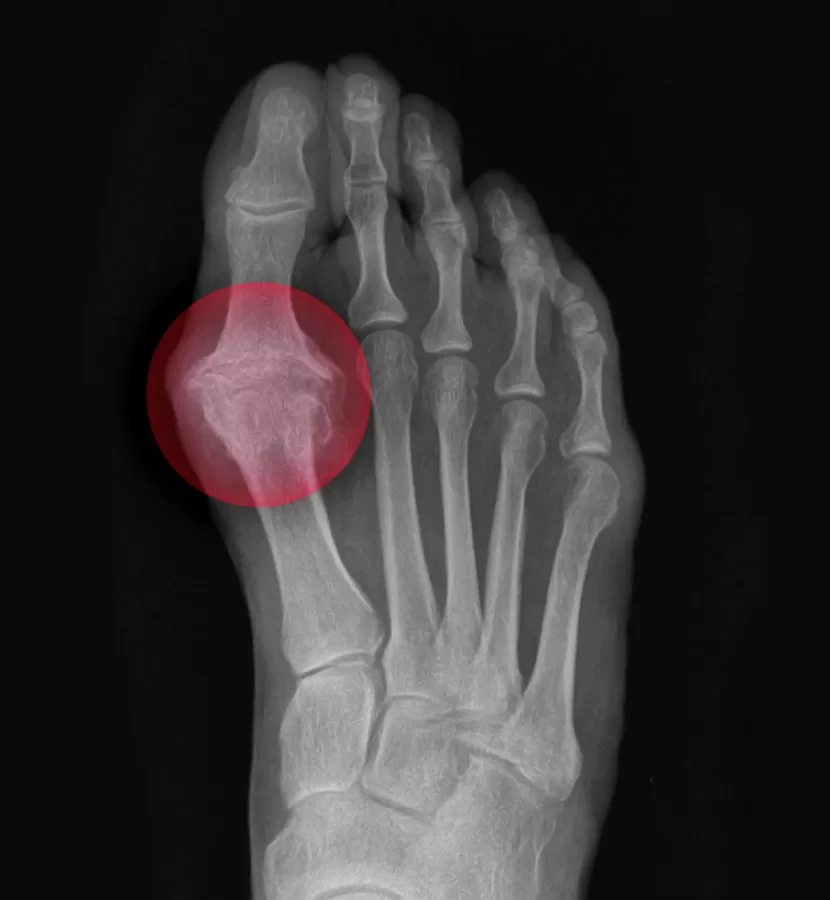Big toe arthritis surgery and minimally invasive big toe surgery.
The goals of big toe arthritis joint surgery are to maintain your activity, be able wear shoes comfortably, and eliminate pain. The right approach to foot surgery depends on the extent of the arthritis, range of joint motion, lifestyle, and overall pain in the big toe joint. The available methods for big toe arthritis surgery are broken down into two basic groups:
- Surgeries that keep the big toe joint functional
- Surgeries that remove or destroy the big toe joint
Many foot doctors are quick to fuse joints, which permanently limits range of motion. Dr. Blitz, however, uses minimally invasive techniques to preserve the joint and maintain mobility, even in cases of severe big toe arthritis.
Causes of big toe arthritis.
The most common causes of big toe arthritis are old injuries that damaged the joint, along with normal wear and tear. Inflammatory arthritis conditions such as rheumatoid arthritis can occur, but these tend to be widespread throughout the body. Gouty arthritis is another cause of big toe arthritis pain.
Arthritis of the big toe joint generally develops slowly, over many years. Shoes and activities that place abnormal stress on the big joint can also contribute to the formation and progression of arthritis. A structural foot problem such as a bunion (which is a malaligned big toe joint), can also cause big toe arthritis to form as the structural problem worsens.
Symptoms of big toe arthritis.
Since big toe joint arthritis usually develops slowly over time and is a degenerative process, patients may experience a wide range of symptoms. Pain that comes and goes is a classic sign of arthritis of the big toe joint, and the pain may get worse with activity such as walking and running. The pain may be deep inside the big toe joint, or more superficially on the top of the joint. As the arthritis worsens, motion of the toe may cause a grinding sensation. The condition may periodically flare up, causing swelling and redness that comes and goes. A stiff big toe joint is a cardinal sign of advanced arthritis.
Big toe arthritis treatment.
Before considering a big toe arthritis surgery for an arthritic great toe joint, patients and their doctors should discuss basic non-surgical treatments that can help reduce or alleviate hallux rigidus pain, including:
- Bunion pads
- Arch supports (orthotics)
- Pain medications such as anti-inflammatories
- Physical therapy
- Steroid injections
These treatment methods will not prevent the arthritic process from continuing to progress, but they can provide relief while evaluating surgical options.







